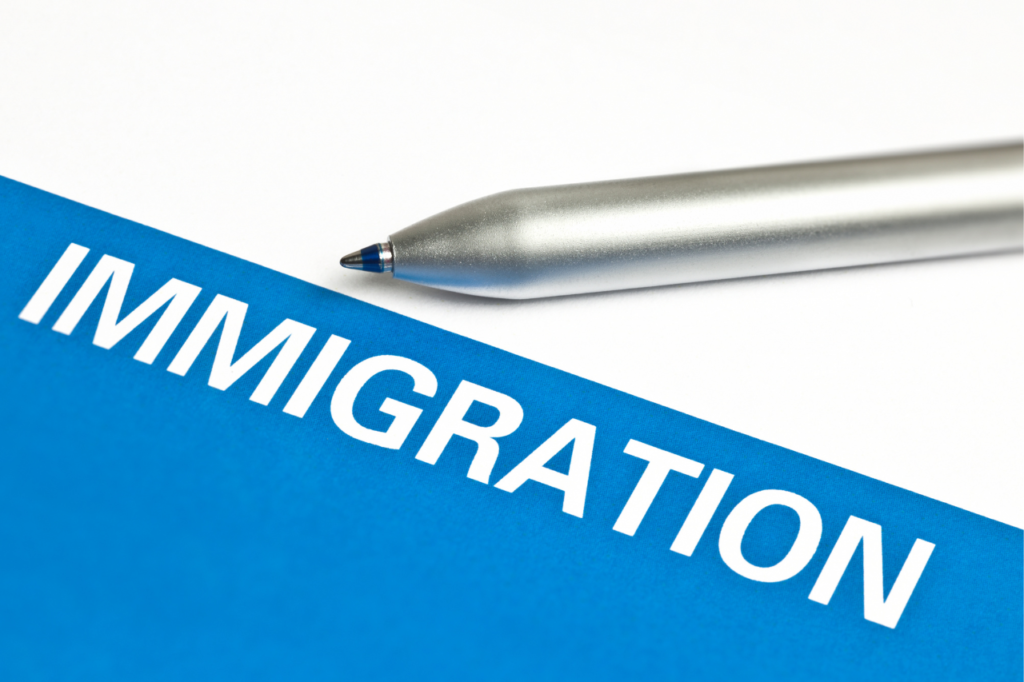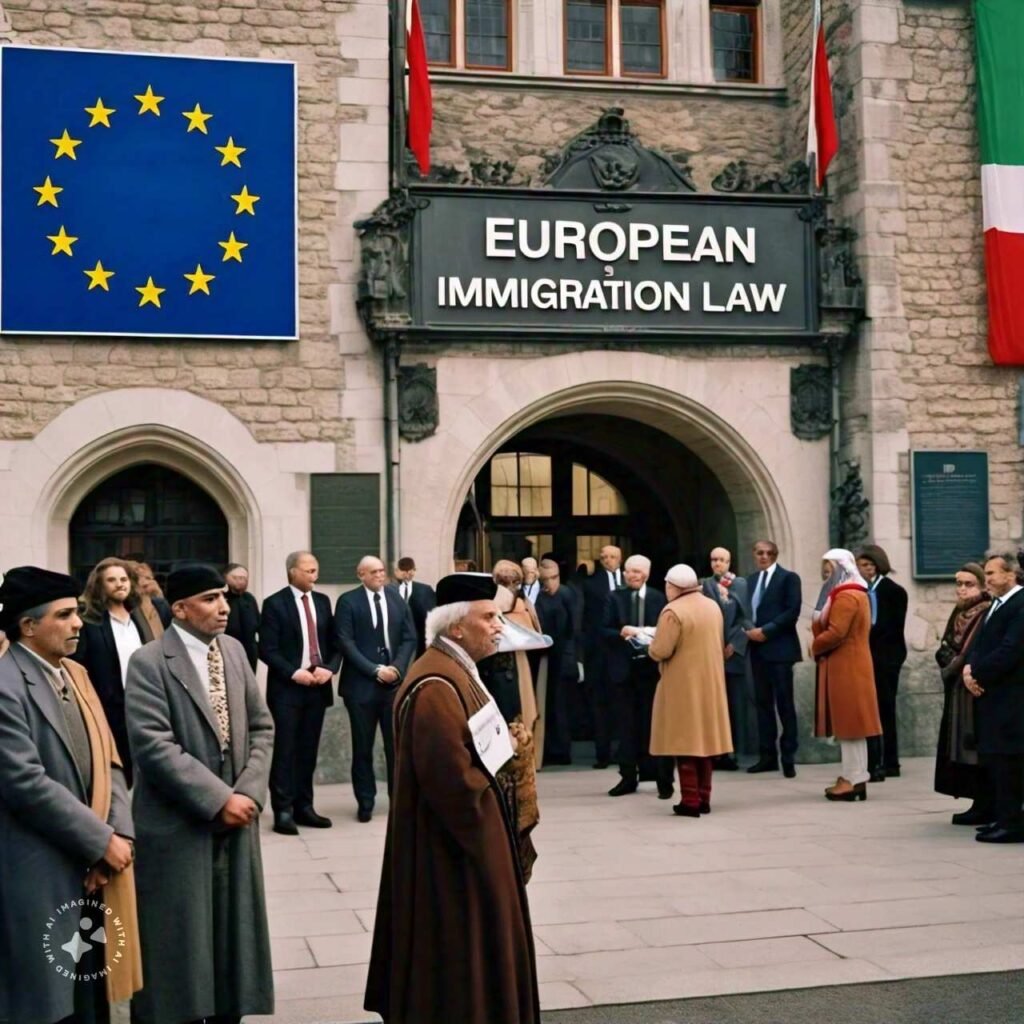Since Brexit, British citizens who are domiciled in the European Economic Area (EEA) regions have found family members joining them in the UK to be much more difficult than it was prior. This guide will walk you through the technical details of the Surinder Singh route and the elements of a successful application, why this is a recognized category of EU freedom of movement, the timelines for applying, how long the applications can take to process, what the costs are, the documents you will need to provide and the opportunities for family reunions you might have through this process.
Understanding the Surinder Singh Route
The Surinder Singh Route defines a pathway for non-EEA family members to enter the UK and subsequently claim their residence, as long as specific criteria are met.
The Surinder Singh route is a mechanism included within the EU Settlement Scheme which protects the rights of EU and EEA citizens who at the beginning of the date when the UK exited the European Union on the 31st December 2020 respectively, had been permanently living in the UK already. This is one such route that is exceptionally useful for British citizens who are residing in any of the member States of the EEA (European Economic Area) and want to bring their family members to the UK.
The Surinder Singh Case
Now the Surinder Singh route takes names from the landmark case on the European Union of the CJEU. The case of Surinder Singh was relatively simple. He was a citizen from India, who had lived with his British wife in Germany. As per the regulations in the UK immigration law he was permitted to stay in the UK and later on, he and his wife moved.
But, after the separation from the UK government was willing to send him saying that it had no basis for him to remain in the country. It led the CJEU to a legal issue that the CJUE resolved. The CJEU gave a verdict that if one’s spouse is an EEA national and children and dependent family as non-nationals of EEA the person has the right to return to his/her country of work without any restriction.
Eligibility for the Surinder Singh Route
The leveraging of Surinder Singh’s route of visa particularly relies on the aspect of one being a member of the family of an eligible British citizen. British citizens can send a visa application for the benefit of their wives, parents, grandmothers, and children. You articulate the kind of family bonds in your application when interested.
The baseline criteria for the British national is that they must have established “exercise of those treaty rights” in the EEA territory in the past as a worker, self-employed person, self-sufficient individual, or student.
Genuine Residence Requirement
In addition, both the person in the UK and their family member who originally lived in any EEA country must have been in the UK while they were living in the EEA country. It is imperative to be consistent in your demonstration best evidence for your intention to live in the UK long term. In other words, that should not have been the purpose of the person who has applied for a residence permit for the state in the EEA country and not that they try to avoid the rules of migration of the UK. It should also be noted that the marriage and other family relationships between the Applicant and the British citizen family member should have occurred at the time of residence with that family member.
Applying for the Surinder Singh Route
To apply for this route, both the applicant and the British citizen must return to the UK before 23:00 GMT we plan to start on March 29, 2022.
The operation of the application is as follows: First, you apply to receive the EU Settlement Scheme Family Permit. This application has to be made on the official website of the gov. uk website, by using the online application form. Notably, you must have an exact future travel date within the United Kingdom to qualify for this particular visa.
Firstly, among the requirements for your application, you should prove your identity with a current passport or any acceptable identity document (if you are from (EU, EFTA, Iceland, Liechtenstein or Switzerland)
Moreover, your EU family member and you must navigate details of having lived together in the territory of any of the EU member-states, Norway, Iceland, or Liechtenstein, before 31st December 2020. The documentation should consist of shared address proofs and period of stay details in each address, and if possible you should add receipts for leasing or buying a home.
You need to show as well that the relatives by blood who were British citizens were doing “treaty rights” and you can give documents like wage slips, contracts, bank statements, or proof of enrollment if they were studying in the same country you did, for example.
If the applicants are dependent relatives of a British citizen who are planning to come to the UK with them then they must submit the evidence of their dependence as part of the application process.
Duration of Stay and Further Opportunities
Whether it is the length of stay or plans for recovery, the outcome lies in your hands and your determination to become a competent and confident login helper.
As a family member holding one of these permits, you would have the right to use the UK for either 4 or 6 months, according to the time of their issue.
You can apply for the pre-settled status of the EU Settlement Scheme, which will grant you the right to stay in the UK for a limited time when you arrive in the UK. Subject to only a few exceptions, pre-settled status applications should be submitted by the end of the third month of your stay in the UK. For the next five years in the UK with a temporary (pre-settled) status, you are entitled to get a permanent residence status in the UK which equals settler status.
Besides, after the settled status period has lasted 12 months, you may then qualify to apply to give up having settled status and acquire full UK citizenship, thus completing your integration journey to being a British citizen.
In a nutshell, Surinder Singh’s route has become a kind of lifeline for the ex-British citizens who long for their relatives in England. Being socially aware of the criteria and application process beforehand and which road to citizenship and settlement and the next steps are ambiguous is very helpful.
How Law and Visas Can Help?
At Law and Visas, our team of expert immigration consultants is here to make your travel to the UK straightforward and successful. Whether you’re applying for a Skilled Worker Visa or a Parent Visa, we handle every step—from preparing your application to gathering the required documents.
Our Immigration Consultants and Lawyers ensure that your application meets the highest standards, with no details missed. We’ll also keep you informed throughout the process and coordinate with the immigration office or embassy on your behalf.
Law and Visas have a strong record of helping clients secure the visas/permits they need to visit the UK. You can call us today at +234 812 5505 986 to learn how we can help you.


